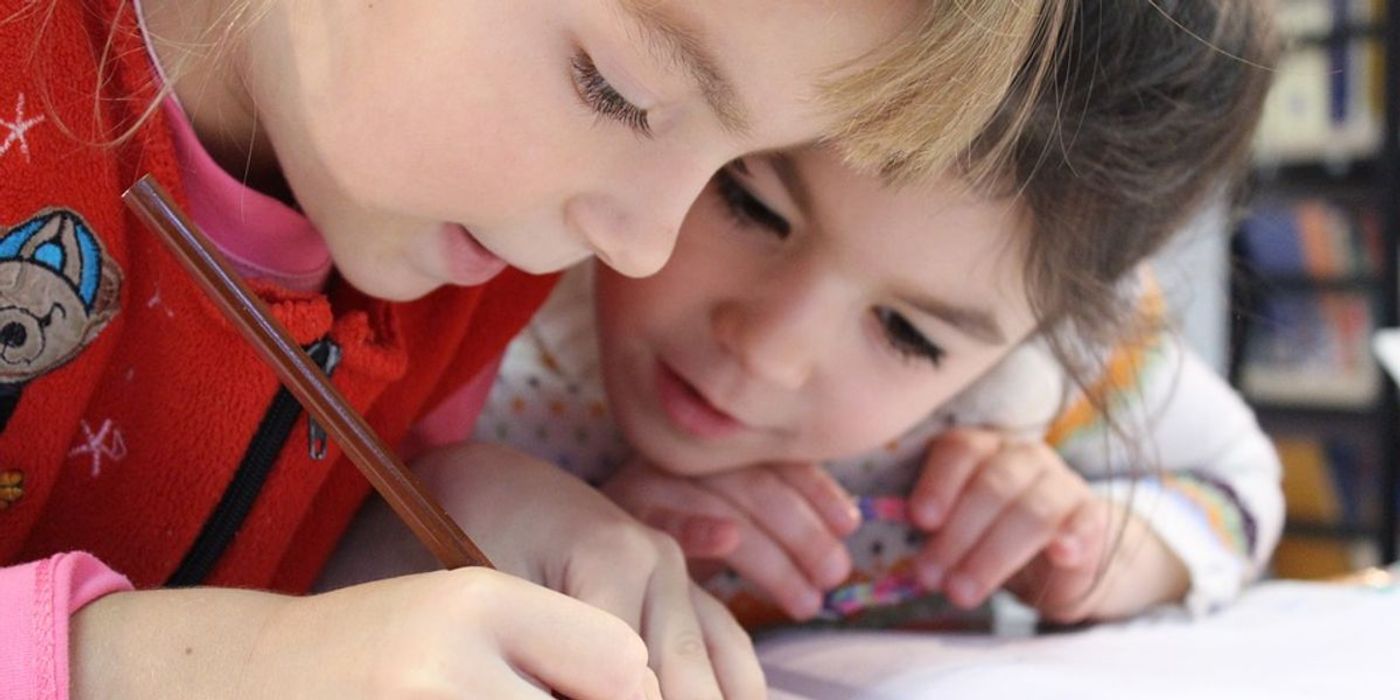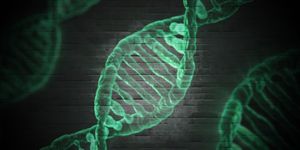Tailor-made Drug for Girl with Rare Genetic Disease
Researchers have used personalized medicine to develop a tailor-made genetic treatment for a girl diagnosed with a rare genetic disease known as Batten disease. Called “milasen” after the girl, Mila Makovec, the research was funded by Mila’s Miracle Foundation, a charity set up by her family to cure devastating neurological diseases.
Although Mila appeared healthy as a baby, as she grew older, her parents began to notice some worrying signs. At age 4, she began holding books closer to her face when looking at them and at 5, she began to lose her balance. Just before she turned 6, she was hospitalized for worsening symptoms including loss of vision, slurred speech and difficulty swallowing. A brain scan showed that her brain volume was shrinking and she began having seizures.
Genetic testing eventually led to her diagnosis: Batten disease, a rare and fatal genetic disorder of the nervous system that manifests according to how the genes responsible have mutated. Appearing to affect lysosomes, which break down the cell’s waste products so they may be discarded or recycled, the disease eventually allows this waste material to build up, leading to cell death, including death of cells in the brain and eyes.
Genetic analysis revealed that she had a unique mutation in a gene known as CLN7 (Kaiser: 2019). This particular mutation meant that her cells were unable to make the full protein needed for lysosomes. Recognizing this, the doctors realised that molecules known as antisense oligonucleotides may work for her case. Short and synthetic molecules, they are known to be able to bind to patient’s fault genetic codes and mask the error so proteins may be reproduced.
Developing this knowledge into a treatment for Mila, known as “milasen”, so far the results have been positive. Before the treatment, Mila would experience an average of 15- 30 seizures per day, each lasting up to 2 minutes. Over the course of her treatment however, this frequency fell to between 0 and 20 seizures per day, each lasting less than one minute. Furthermore, Mila’s brain waves showed a decline of over 50% in the frequency and duration of seizures, with no harmful side effects having been observed.
According to Mila’s mother, Julia Vitarello, “While we remain cautiously optimistic, we feel so fortunate that Mila was given a second chance (Rettner: 2019)."
The researchers added that Mila’s case nevertheless clearly shows that antisense oligonucleotides "may deserve consideration as a platform for the rapid delivery of individualized treatments," although they also note that such a personalized approach is likely only to be considered for life-threatening conditions.
Sources
Kaiser, Jocelyn: Science Mag
Rachael: Live Science









